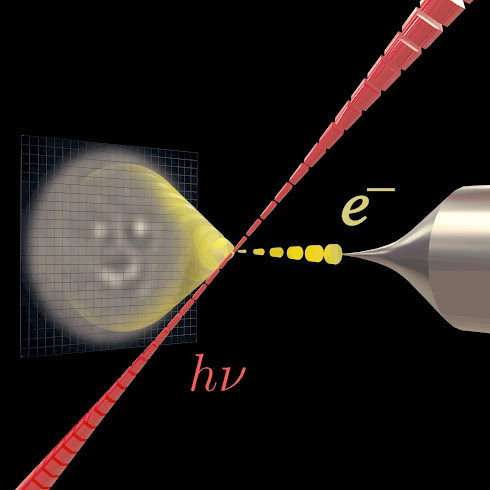 |
| Stroke folders and labels at the Emergency Department at UConn Health in Farmington on Sept. 29, 2020. Photo Credit: Peter Morenus/UConn |
Stroke deprives the brain of oxygen and energy, causing a cascade of spreading cell death. Blocking a specific receptor could contain the damage, researchers from UConn Health and the National Institutes of Health (NIH) report in the Journal of Medicinal Chemistry.
A stroke occurs when a blood vessel in the brain is either ruptured or clogged. The loss of blood flow deprives part of the brain of oxygen, and cells begin to die within minutes. Every 40 seconds someone in the US has a stroke, according to the Centers for Disease Control and Prevention. That’s more than 795,000 people every year. More than half of the survivors will have permanent difficulties walking, talking and caring for themselves.
The faster someone suffering from a stroke gets medical help, the more likely they are to avoid serious lasting disability. Restoring blood flow to the brain as fast as possible to avoid cell death is critical.
But other factors besides blood flow can also contribute to cell death in brain during a stroke. For example, brain cells store lots of energy in the form of the molecule ATP. When a brain cell dies, it releases all of its stored ATP. The spilled ATP triggers a receptor called P2X4 on neighboring brain cells. If the P2X4 receptor is overstimulated, it can trigger a rush of calcium ions that can activate cell death enzymes and set off a destructive cycle of brain damage.















.jpg)
